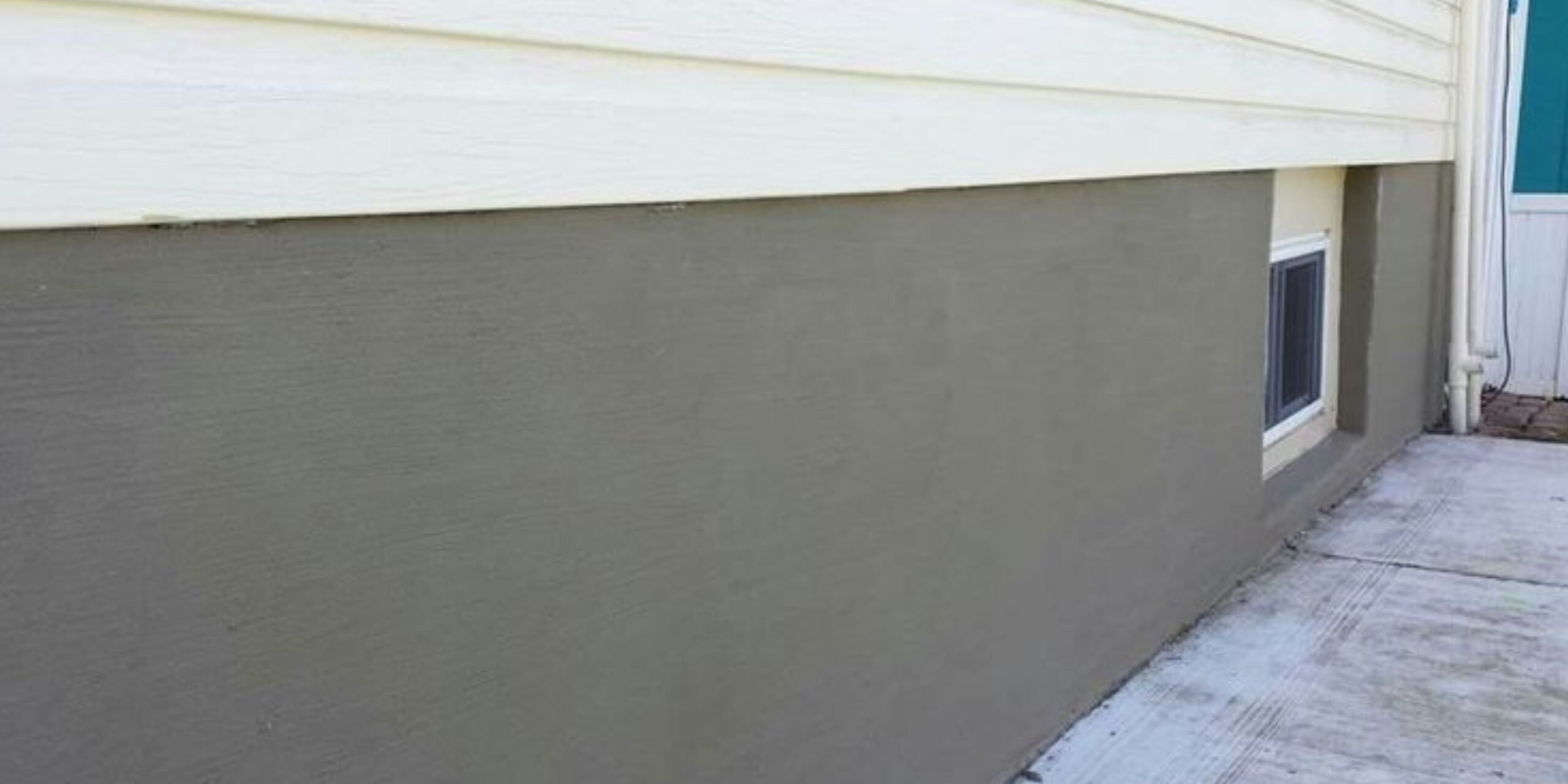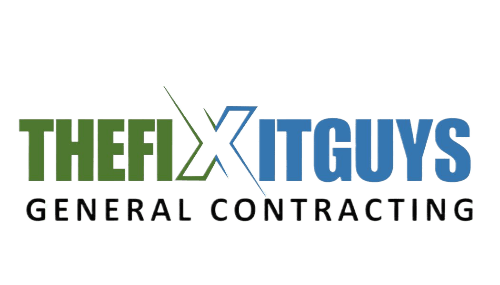Parging is a crucial aspect of construction that plays a significant role in enhancing the durability, aesthetics, and structural integrity of buildings. This specialized technique involves applying a thin layer of mortar or cement mixture to the surface of masonry walls, foundation walls, or concrete surfaces. Parging serves multiple purposes and offers several important benefits in construction.
Waterproofing
One of the primary reasons for parging is to waterproof masonry and concrete surfaces. The parging material acts as a protective barrier against moisture infiltration, preventing water from seeping into the building’s interior. By creating a waterproof seal, parging helps to safeguard the structure against water damage, mold growth, and deterioration caused by moisture exposure.
Enhanced Durability
Parging adds an extra layer of protection to masonry and concrete surfaces, increasing their durability and longevity. The parging material helps to reinforce the underlying substrate, reducing the risk of cracks, spalling, and other forms of damage. This improves the overall resilience of the structure and ensures its long-term structural integrity.
Improved Aesthetics
In addition to its functional benefits, parging also contributes to the aesthetic appeal of buildings. The smooth and uniform finish provided by parging enhances the appearance of masonry walls and concrete surfaces, giving them a clean and polished look. Parging can be customized with various textures, colors, and decorative finishes to complement the architectural style of the building and enhance its visual appeal.
Surface Repair
Parging is often used as a surface repair technique to conceal imperfections and blemishes on masonry and concrete surfaces. The parging material can be applied to cover cracks, chips, and uneven surfaces, creating a smooth and uniform finish. This helps to improve the appearance of damaged or weathered surfaces, restoring them to their original condition and preserving their aesthetic appeal.
Thermal Insulation
In some cases, parging may also provide thermal insulation benefits by creating an additional layer of insulation around the building envelope. The parging material helps to regulate temperature fluctuations and improve energy efficiency by reducing heat loss or gain through the walls. This can result in increased comfort for occupants and reduced energy costs for the building.


